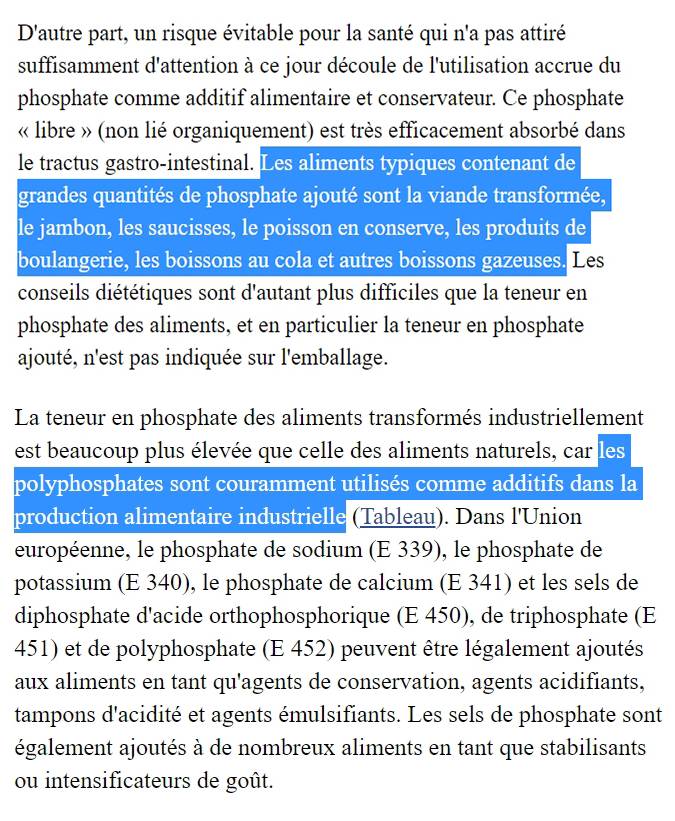Macroscopic and histologic improvements in joint cartilage, subchondral bone and synovial membrane with glycosaminoglycans and native type ii collagen in a rabbit model of osteoarthritis
V. Sifre Osteoarthritis and Cartilage VOLUME 28, SUPPLEMENT 1, S206, APRIL 01, 2020
Purpose: To evaluate the effects of an oral combination of chondroitin sulfate (CS), glucosamine hydrochloride (Gl) and hyaluronic acid (HA), with or without native type II collagen (NC), on articular cartilage, subchondral bone and synovial membrane in an experimental model of osteoarthritis induced by anterior cruciate ligament section in rabbits.
Methods: This was a prospective, randomized, double-blinded experimental study. The study protocol was approved by an ethics committee in accordance with article 31 of RD53/2013. Fifty-four 10 weeks old female New Zealand white rabbits were distributed into 3 groups and received a daily oral administration of the following treatments: Group 0 (Control group - no treatment), Group 1 [CS (CS Bioactive®) + Gl + HA (Mobilee®)], and Group 2 [(CS + Gl + HA + NC (b-2Cool®)]. All active ingredients were provided by Bioiberica SAU, Barcelona, Spain. In each group, subjects were divided into 3 subgroups (n=6) based on survival times (28, 56 and 84 days). After quarantine period, section of the anterior cruciate ligament of the right stifle was performed in all rabbits under general anesthesia (intramuscular premedication: medetomidine 50μg/kg, fentanyl 10μg/kg, ketamine 5mg/kg and midazolam 0.5mg/kg; intravenous induction: propofol 2mg/kg; inhalatory maintenance: sevofluorane 2.6% and intravenous enrofloxacin 0.5mg/kg; intraoperative analgesia: fentanyl bolus 2μg/kg and CRI 1μg/kg/h; intravenous recovery: ranitidine 2mg/kg, metoclopramide 0.5mg/kg and meloxicam 0.4mg/kg). Afterwards, animals were kept under controlled conditions of temperature, humidity and photoperiod until sacrifice. After sacrifice, samples of lateral femoral condyle and synovial membrane were obtained. Macroscopic evaluation was performed following a cartilage surface scoring system described by Laverty et al. in 2010, and an osteophytosis staging semiquantitative scale described by Tsuromoto et al. in 2013. For histologic evaluation, and before observation under microscope, samples were fixed with 10% buffered formalin, decalcified and embedded in paraffine blocks to obtain longitudinal sections of 5 microns. Cartilage and subchondral bone sections from the femoral condyle were stained with hematoxylin-eosin and Masson trichrome stain, while synovial membrane sections were stained with hematoxylin-eosin. The OARSI semi-quantitative scale described by Laverty et al. in 2010 was used to evaluate matrix staining, cartilage structure, chondrocyte density and cluster formation. Changes in subchondral bone structure and synovial membrane cellular disposition were assessed by the semiquantitative scales described by Gerwin et al. in 2010. For the statistical analysis, a generalized lineal model has been used, with a statistical significance p-value of <0.05.
Results: As expected when using this model, all rabbits developed degenerative changes associated with osteoarthritis after anterior cruciate ligament section.When groups were compared, and overtime, macroscopic evaluation showed significantly lower values in Group 2, compared to groups 0 and 1, meaning that cartilage appearance in these rabbits was closer to that of a healthy one (Figure 1). Microscopically, the assessment of articular cartilage revealed significantly better results for groups 1 and 2, compared to Control, for matrix staining, cartilage structure, chondrocyte density and synovial membrane, indicating that these groups did not show the degree of degenerative changes observed in the Control group. Regarding microscopical evaluation of the subchondral bone, significantly better results were also seen in groups 1 and 2, compared to Control. On the other hand, histologic evaluation of the synovial membrane showed significantly lower values for Group 2, compared to groups 1 and 0; and significantly lower values for Group 1, compared to Group 0. Overall, the group in which joint structures showed values closer to those of a healthy joint was Group 2, followed by Group 1, and lastly by group 0, which featured a more severe degenerative process of osteoarthritis.
Conclusions: In a rabbit model of induced osteoarthritis, a beneficial treatment effect on articular cartilage, subchondral bone and synovial membrane was achieved following oral administration of the combinations CS+Gl+HA and CS+Gl+HA+NC. Moreover, the addition of NC to CS+Gl+HA allowed the combination CS+Gl+HA+NC to provide even significantly better results in terms of macroscopic cartilage evaluation and microscopic synovial membrane assessment. Although extrapolations between species should be made with caution, data presented herein supports the potential usefulness of these combinations in human and veterinary medicine for the multimodal management of patients with joint conditions.














